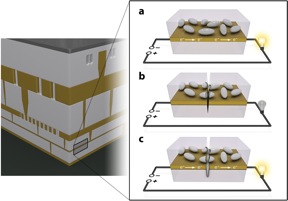News
Without a Scratch: Self-healing Materials, by Adam Dylewski
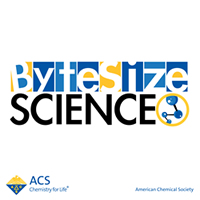
Self-healing battery technology makes the list of "Science News of the Year" in technology for 2011!
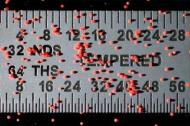
Vascular composites enable dynamic structural materials, University of Illinois News
Congratulations to Brett Beiermann! His article entitled "Environmental effects on mechanochemicalactivation of spiropyran in linear PMMA" has been identified as a 'hot article' for Journal of Materials Chemistry. His article has been highlighted on the blog for the Journal of Materials Chemistry.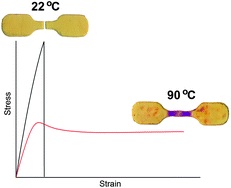
![]()
The research on Mechanochemically Active Polymers (Mechanophores) by Nancy Sottos, Paul Braun, Jeff Moore and Scott White was featured in the Popular Science list of "10 Tech Concepts You Need to Know for 2011"
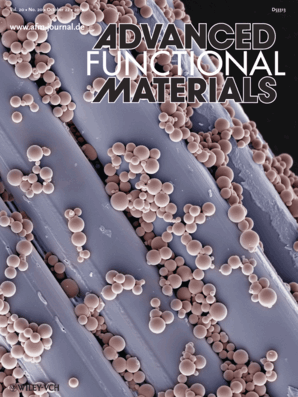 Ben Blaiszik's article, Autonomic Recovery of Fiber/Matrix
Ben Blaiszik's article, Autonomic Recovery of Fiber/Matrix
Interfacial Bond Strength in a Model Composite, is featured on the
cover of the Oct. 22 issue of Advanced Functional Materials (issue 20,
vol. 20).
![]() Cassandra Kingsbury receives 2nd place in the Society of
Cassandra Kingsbury receives 2nd place in the Society of
Engineering Science student paper competition for her presentation,
Shear Activation of Mechanophore-Linked PMMA. The competition was held
as part of the annual meeting of the Society of Engineering Science in
Ames Iowa, October 3-6, 2010.
Best Paper Award at the 2010 SEM Annual Conference
Congratulations to Sharlotte Kramer and Brett Beiermann for receiving best paper honors at a recent meeting of the Society for Experimental Mechanics! The officers of the Biological Systems and Materials Technical Division in the Soceity for Experimental Mechanics chose their paper titled "Characterization of Mechanochemically Active Polymers Using Combined Photoelasticity and Fluorescence Measurements" as Best Paper in the Bio TD of the 2010 SEM Annual Conference. Authors on the paper are: Sharlotte Kramer, Brett Beiermann, Doug Davis, Nancy Sottos, Scott White and Jeffrey Moore.
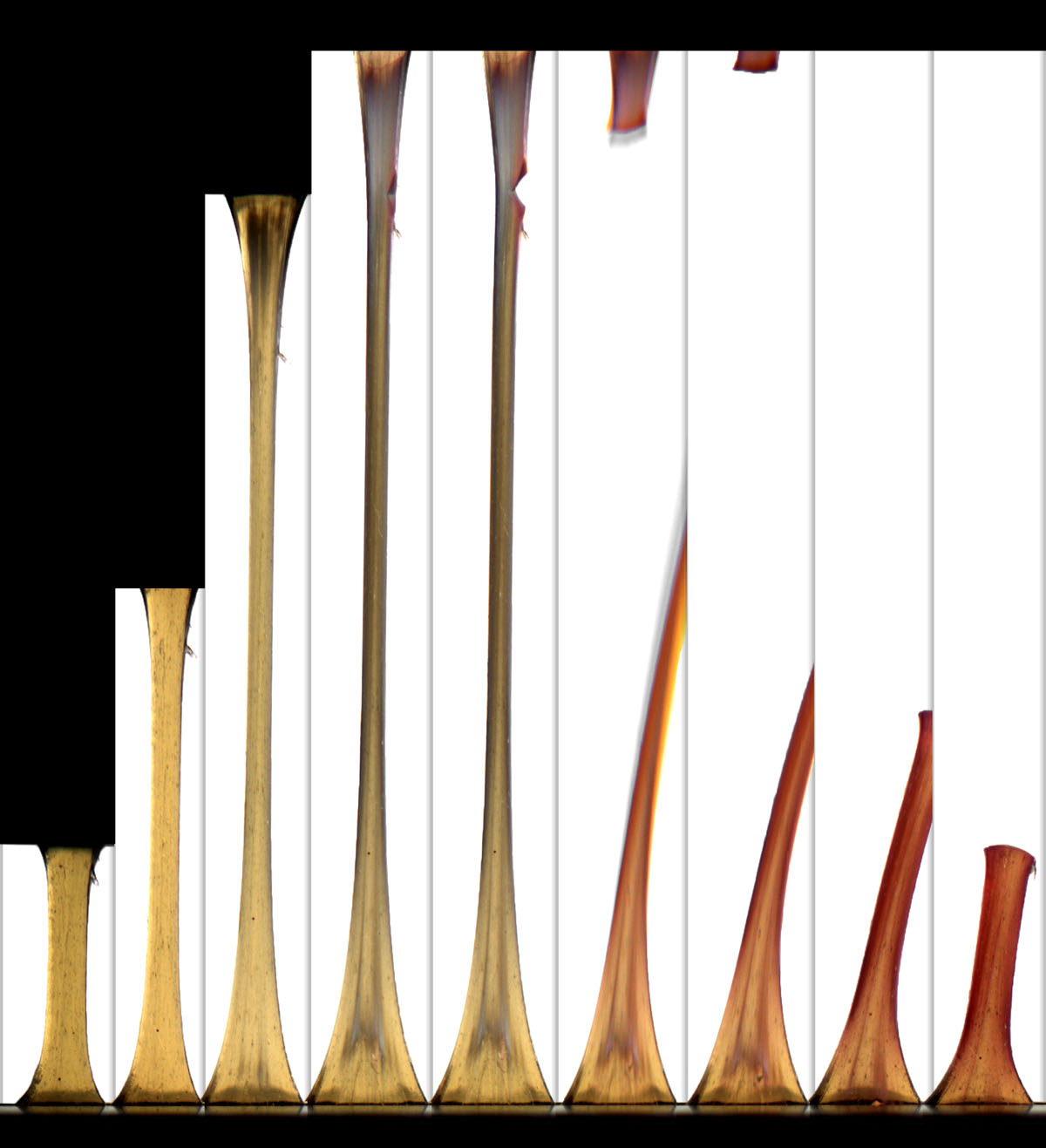 SEE THE FORCE: MECHANICAL STRESS LEADS TO SELF-SENSING IN SOLID POLYMERS
SEE THE FORCE: MECHANICAL STRESS LEADS TO SELF-SENSING IN SOLID POLYMERS
Parachute cords, climbing ropes, and smart coatings for bridges that change color when overstressed are several possible uses for force-sensitive polymers being developed by researchers at the University of Illinois.
U of I News Bureau
Mechanochemically Active Polymers Web Page
February 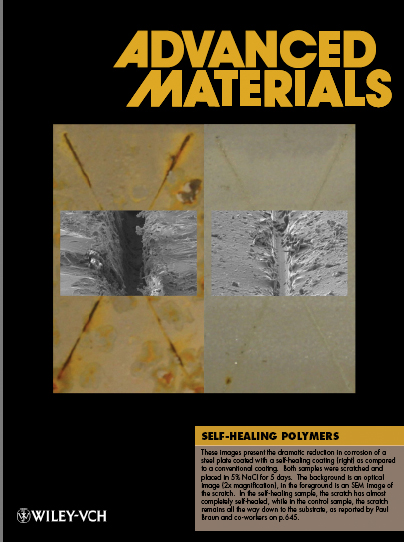 2009, Frontispiece of Advanced Materials, Vol. 21 No.6
2009, Frontispiece of Advanced Materials, Vol. 21 No.6
Dramatic reduction in corrosion of a steel plate coated with a self-healing coating (right) as compared to a conventional coating is demonstrated. Two samples were scratched and placed in 5% NaCl for 5 days. The background is an optical image (2× magnification), in the foreground is an SEM image of the scratch. In the self-healing sample, the scratch has almost completely self-healed, while in the control sample, the scratch remains all the way down to the substrate. (see pdf)
U of I News Bureau
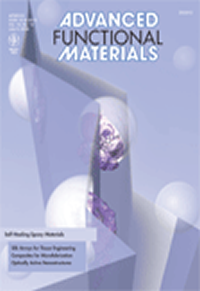 NEW RECIPE FOR SELF-HEALING PLASTIC INCLUDES DASH OF FOOD ADDITIVE
NEW RECIPE FOR SELF-HEALING PLASTIC INCLUDES DASH OF FOOD ADDITIVE
Adding a food additive to damaged polymers can help restore them to full strength, say scientists at the University of Illinois who cooked up the novel, self-healing system.
(see article)
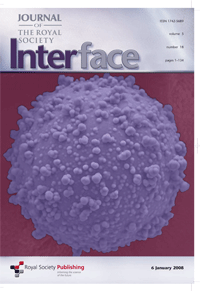 Cover Story: Self-healing epxoy with tungsten (VI) chloride catalyst. Cover image of an exo-DCPD filled microcapsule by Jason Kamphaus.
Cover Story: Self-healing epxoy with tungsten (VI) chloride catalyst. Cover image of an exo-DCPD filled microcapsule by Jason Kamphaus.
(see article)
 UI Researchers named to Scientific American 50
UI Researchers named to Scientific American 50
11 Jan 2008 - Nancy Sottos and Scott White (Aerospace) were recognized for their development of self-healing materials. Together with their colleaguesJennifer Lewis (Materials Science) and Jeffrey Moore (Chemistry) and former PhD stu dent Katie Toohey (TAM) they recently demonstrated a new material that mimics human skin by healing itself time after time using an embedded, three-dimensional microvascular supply network. The awards list, which appears in the magazine's January 2008 issue, honors 50 individuals, teams, companies and other organizations whose accomplishments in research, business or policymaking during 2006-2007 demonstrate outstanding technological leadership. (pdf of story)
dent Katie Toohey (TAM) they recently demonstrated a new material that mimics human skin by healing itself time after time using an embedded, three-dimensional microvascular supply network. The awards list, which appears in the magazine's January 2008 issue, honors 50 individuals, teams, companies and other organizations whose accomplishments in research, business or policymaking during 2006-2007 demonstrate outstanding technological leadership. (pdf of story)
A new catalyst-free, s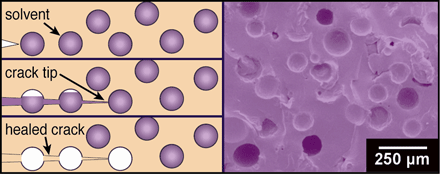 elf-healing material system developed by Jeffrey Moore, the Murchison-Mallory Professor of Chemistry at Illinois, Scott White, a professor of aerospace engineering, and Nancy Sottos, a professor of materials science and engineering, offers a far less expensive and far more practical way to repair composite materials used in structural applications ranging from airplane fuselages to wind-farm propeller blades. See News Bureau press release.
elf-healing material system developed by Jeffrey Moore, the Murchison-Mallory Professor of Chemistry at Illinois, Scott White, a professor of aerospace engineering, and Nancy Sottos, a professor of materials science and engineering, offers a far less expensive and far more practical way to repair composite materials used in structural applications ranging from airplane fuselages to wind-farm propeller blades. See News Bureau press release.
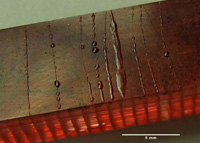 Kathleen S. Toohey, Scott R. White, Jennifer A. Lewis, Jeffrey S. Moore and Nancy R. Sottos, have developed a new generation of bioinspired materials that are able to repeatedly and autonomically heal crack damage through the incorporation of embedded microvascular networks. The work is reported in Nature Materials. [full coverage]
Kathleen S. Toohey, Scott R. White, Jennifer A. Lewis, Jeffrey S. Moore and Nancy R. Sottos, have developed a new generation of bioinspired materials that are able to repeatedly and autonomically heal crack damage through the incorporation of embedded microvascular networks. The work is reported in Nature Materials. [full coverage]
[Left] Optical image of self-healing structure after cracks are formed in the coating, revealing the presence of excess healing fluid on the coating surface [scale bar = 5 mm].
Article in Nature Materials
This manuscript introduces a new generation of bioinspired materials that are able to repeatedly and autonomically heal crack damage through the incorporation of embedded microvascular networks. Delivery of healing agents to a damaged region via this microvascular network overcomes a significant limitation of previously reported, microencapsulated-based self-healing materials [White et al, 409, Nature, 794-797, 2001] i.e., the finite supply of healing agent contained within the capsules. The microvascular delivery mechanism provides a renewable source for the healing agents, which therefore enables repeated healing of fracture events and significantly extends the life of these materials.
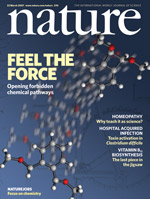
Cover Story in March 22, 2007, issue of Nature
Electrocyclic ring closing reactions are molecular rearrangements in which a cyclic structure is formed from a linear π system. Specifically, a new single bond is generated between the termini of the π system, and the product has two fewer π electrons. The converse process is known as electrocyclic ring opening.




